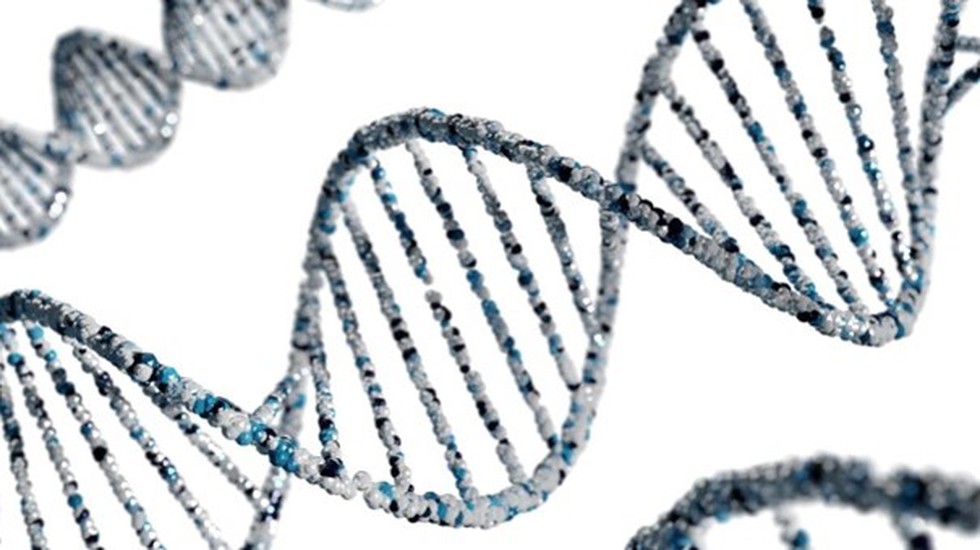About Cell-free DNA:
- In the human body, most of the DNA in a genome is neatly packed inside cells with the help of specific proteins, protecting it from being degraded.
- In a variety of scenarios, some fragments of DNA are ‘released’ from their containers and are present outside the cell, in body fluids. These small fragments of nucleic acids are widely known as cell-free DNA (cfDNA).
How they are generated/released?
- It can be generated and released from a cell in a number of possible situations, including when a cell is dying and the nucleic acids become degraded.
- Since an array of processes modulates the degradation, the amount, size, and source of the cfDNA can vary across a range as well.
- This could occur together with a variety of processes, including those required for normal development, those related to the development of certain cancers, and those associated with several other diseases.
Applications of cfDNA
- One of the most widely used applications of cfDNA has been in screening foetuses for specific chromosomal abnormalities, an application known as non-invasive prenatal testing.
- It is useful tool to understand human diseases and to use the knowledge to improve diagnosis, monitoring, and prognosis.
- It is useful in understanding why a body is rejecting a transplanted organ.
- This could be used as a biomarker for neurological disorders like Alzheimer’s disease, neuronal tumours, stroke, traumatic brain injury,
